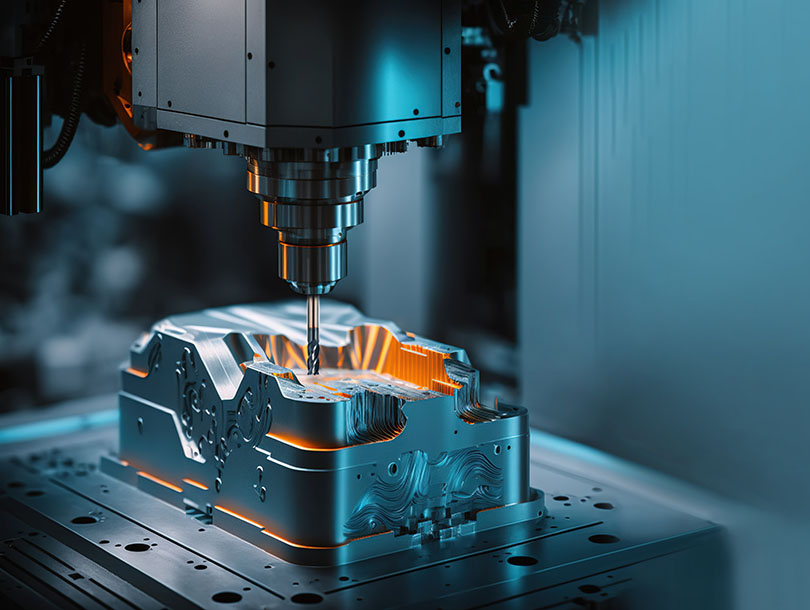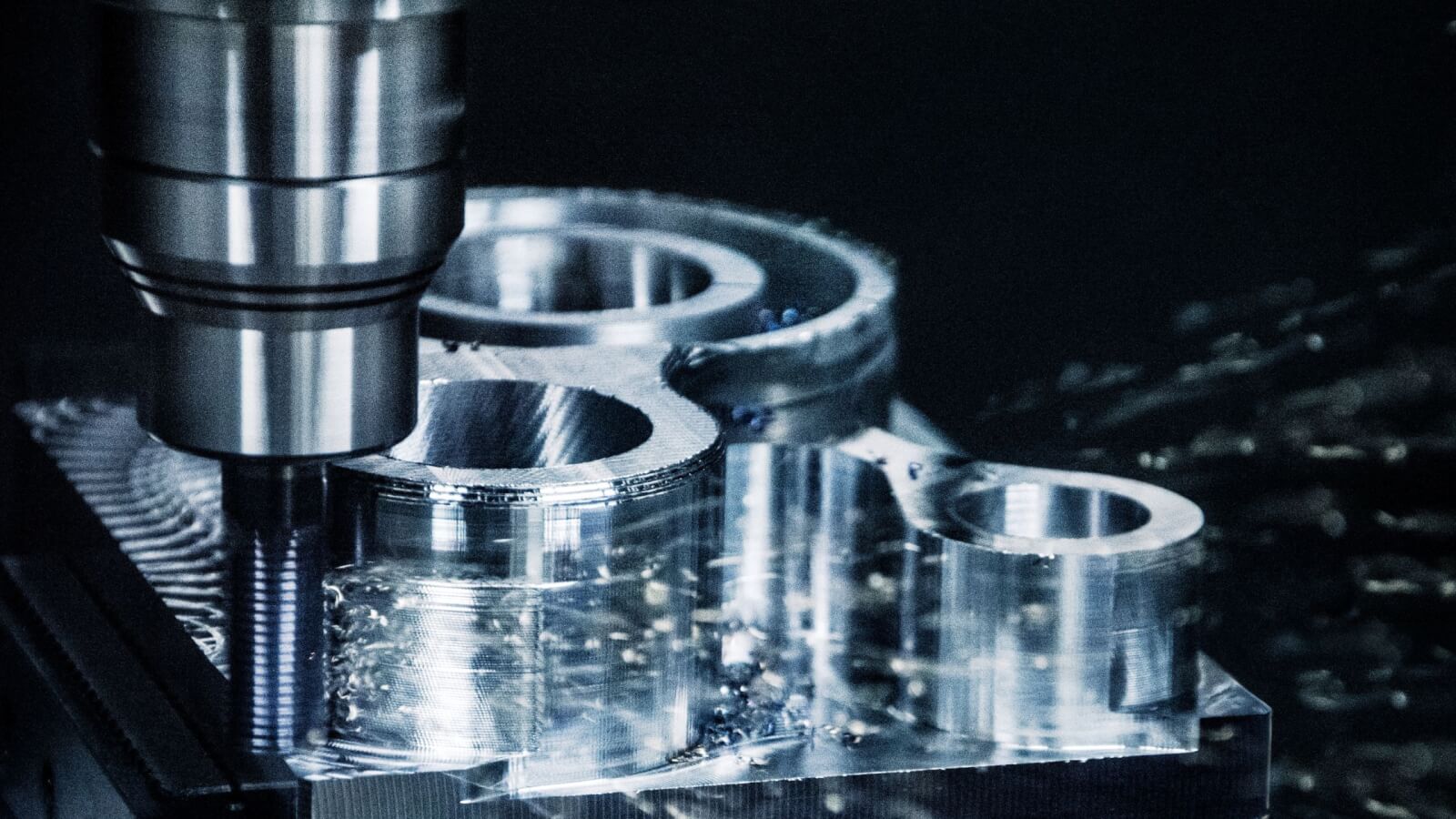The Function of Fasteners and Machining in High-Quality Item Style
The Function of Fasteners and Machining in High-Quality Item Style
Blog Article
Introducing the Complexities of Bolts and Machining Procedures for Optimal Performance
In the realm of design and production, the selection of fasteners and the complexities of machining procedures play a critical duty in figuring out the utmost performance and toughness of an item. From the relatively straightforward task of picking the best kind of fastener to the complex precision machining strategies employed, every action in this procedure demands careful focus to detail. As we embark on this expedition right into the globe of fasteners and machining, we will discover the subtle yet vital variables that can significantly impact the performance and high quality of the end product, clarifying the typically neglected elements that can make all the difference in achieving optimum performance.

Importance of Proper Bolt Selection
Choosing the proper fasteners is vital in making sure the architectural stability and longevity of any kind of mechanical setting up. Bolts play a basic function in holding parts together securely, with the appropriate choice contributing substantially to the overall efficiency and reliability of the assembly. When choosing bolts, variables such as product compatibility, ecological conditions, load-bearing ability, and convenience of setup must be thoroughly thought about to guarantee optimal efficiency.
Incorrect bolt selection can result in a variety of problems, consisting of helping to loosen, deterioration, and even architectural failing. Making use of bolts that are not suited to the certain needs of the setting up can compromise its capability and posture safety dangers. Therefore, designers and engineers have to meticulously evaluate the application needs and select fasteners that fulfill or surpass the required criteria and specs.
Furthermore, the correct fastener option process involves examining the joint design, expected tons, resonance levels, and possible thermal expansion or tightening to make sure that the picked fasteners can withstand the operating conditions properly. By prioritizing appropriate bolt option, producers can enhance the high quality, longevity, and efficiency of their mechanical settings up.
Kinds and Attributes of Bolts
An essential facet of mechanical settings up exists in recognizing the varied types and special characteristics of fasteners made use of in numerous commercial applications. Fasteners are important parts that hold frameworks together, guaranteeing stability and capability.
Screws are threaded fasteners that are commonly made use of to sign up with 2 or more elements together. Nuts are internally threaded fasteners that mate with bolts to hold elements together. Washing machines are thin plates that disperse the load of a fastener, preventing damage to the product being secured.
Recognizing the characteristics of each kind of fastener is crucial for picking the right one for a certain application, ensuring ideal efficiency and dependability of the mechanical setting up. Fasteners and Machining.
Precision Machining Techniques for Performance
The detailed design demands of different fasteners require employing accuracy machining strategies for optimum efficiency in making procedures. Accuracy machining is crucial in making sure that bolts fulfill the exact specs needed for their intended application. Among the main techniques used in precision machining is Computer Numerical Control (CNC) machining, which enables high degrees of accuracy and repeatability in the manufacturing of bolts. CNC devices are qualified of doing intricate cuts and shaping procedures with very little human intervention, causing boosted effectiveness and consistency in the production procedure.
By making use of precision machining strategies, makers can enhance the high quality of fasteners, reduce product waste, and enhance overall manufacturing performance. The usage of sophisticated machining procedures helps guarantee that fasteners fulfill market criteria and client assumptions for performance and reliability.

Variables Affecting Machining Refine Efficiency
Various variables play a considerable role in determining the efficiency of machining procedures in the manufacturing of fasteners. The very first important variable is the option of reducing tools. Picking the appropriate devices based on the material being machined, desired surface, and cutting speeds can significantly influence the effectiveness and high quality of the machining process. In addition, the reducing specifications such as cutting speed, feed price, and depth of cut are important variables that influence efficiency. Fasteners and Machining. Enhancing these parameters based upon the details demands of the fastener being produced is crucial to achieving affordable and specific machining.
Machine strength and stability also play a vital function in determining machining procedure performance. A steady maker with minimal resonances can enhance precision and protect against tool wear, resulting in better overall efficiency. The skill and experience of the device driver can not be ignored. An educated driver can make real-time adjustments, troubleshoot issues successfully, and ensure check my site that the machining process runs efficiently, inevitably influencing the last high quality of the fastener.

Quality Assurance Actions in Production
Factors affecting machining procedure performance, such as cutting device choice and maker security, straight effect the application of high quality control steps in production. Quality assurance procedures are necessary in ensuring that products fulfill the called for specs and standards. In the production process, different methods are utilized to preserve high quality standards. Assessment and testing play a crucial role in identifying any kind of variances from the wanted end result. Routine upkeep of machining equipment is also vital to support quality assurance. Calibration of tools and machines is needed to guarantee precise and exact production procedures. In addition, applying standard operating treatments and protocols can help in keeping consistency and quality throughout the assembly line. Quality control measures not just concentrate on the end item but likewise on every stage of the production process to avoid mistakes and flaws. By adhering to rigid quality assurance measures, makers can improve consumer satisfaction, construct a track record for dependability, and ultimately achieve optimal efficiency in their machining procedures.
Conclusion
Finally, picking the best fasteners and using precision machining techniques are essential for optimum performance in making procedures. Recognizing the types and attributes of fasteners, in addition to factors influencing machining procedure performance, can cause improved performance and quality control measures. By focusing on these ins and outs, producers can accomplish greater levels of performance and dependability in their items.
In the realm of design and manufacturing, the selection of bolts and the ins and outs of machining procedures play a critical duty in identifying the supreme click for source efficiency and toughness of a product (Fasteners and Machining). One of the key strategies used in accuracy machining is Computer Numerical Control (CNC) machining, which makes it possible for high levels of precision and repeatability in the manufacturing of bolts. The usage of sophisticated machining processes assists ensure that fasteners satisfy market standards and customer assumptions for performance and reliability
In final thought, picking the right fasteners and using accuracy machining strategies are vital for optimum performance in manufacturing processes. Recommended Reading Comprehending the types and features of fasteners, along with variables affecting machining procedure performance, can lead to enhanced effectiveness and quality control measures.
Report this page